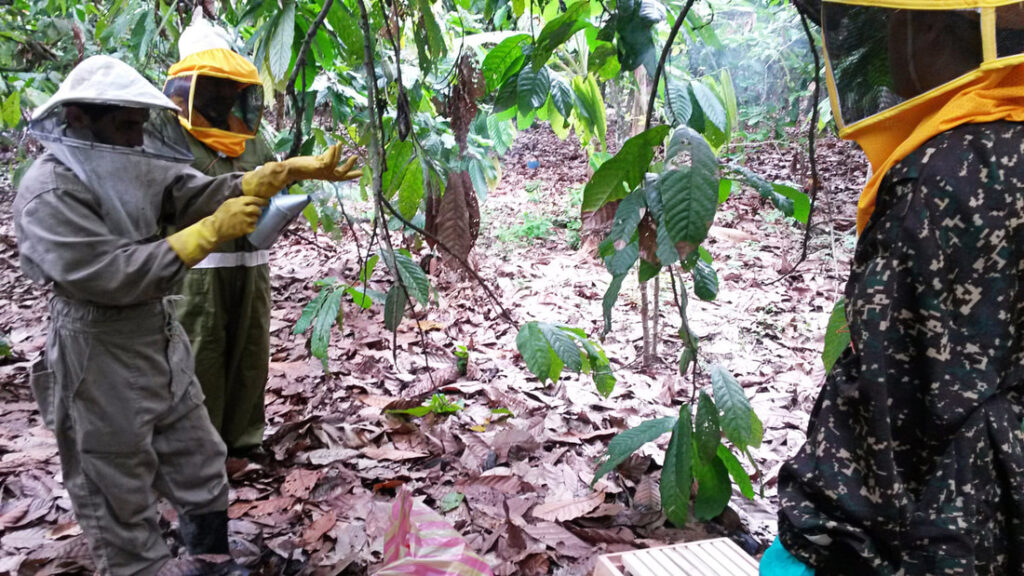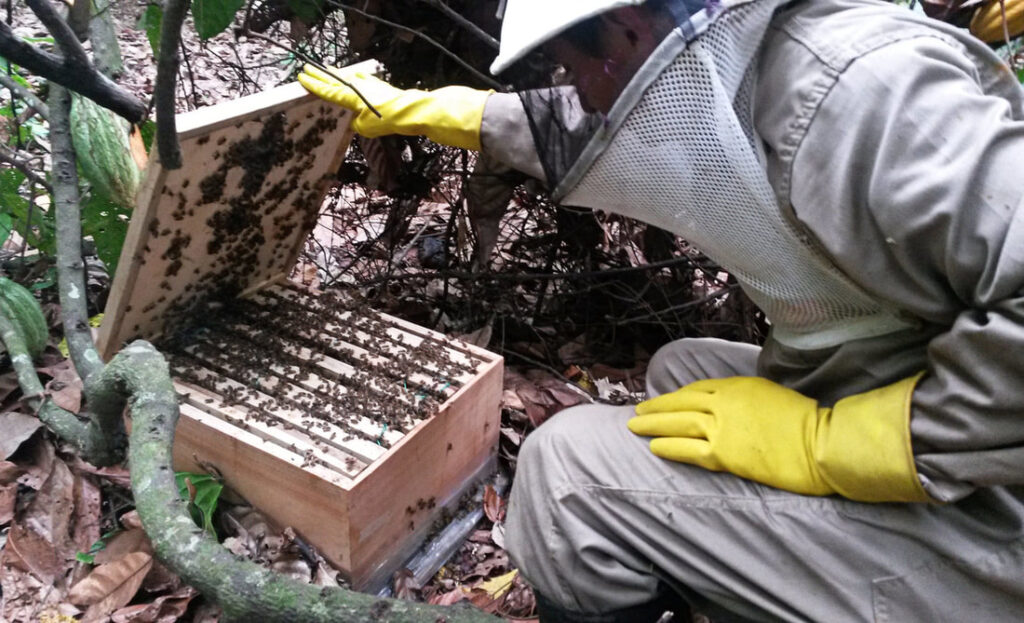“The more things you learn, the more places you’ll go”
Since early December, 2017 I’ve been working as a volunteer with Planet Drum. I haphazardly encountered the organization back in June on a plain white website full of blue links promising to find me low-cost volunteering in Latin America. I was looking for ways to fully take advantage of my upcoming gap year. I was desperately hoping to find something that would teach about nature and give me guidance for including environmental issues in my future career. More than anything I wanted something to help me step outside the traditional academic method of learning. I wanted to immerse myself in new cultures that would teach me about the realities of the world and the natural environment.
In all of those aspects, Planet Drum has exceeded my expectations. As my final days here rush by all too quickly, I’ve been working on summing up the experience. And the one question I found myself stuck on was, “What was my favorite part of volunteering with Planet Drum?” I keep bouncing between all the crazy days and experiences I’ve had. I finally realized it wasn’t one day or activity but rather the fact that volunteering here means no day is ever the same.

Initially I had thought a routine would eventually settle in for my work at Planet Drum during the next couple of months. I naively thought the days of the week would line themselves up and I’d know what I’d be getting myself into at the start of every week. I quickly came to realize that no one was ever really sure what a day at Planet Drum would contain, and I could only be sure that it would be an learning experience.
I’m not quite sure what made me come to this realization. Maybe it happened when I was riding on the back of Orlando’s moto on the way to “el vivero” (the greenhouse) and we unexpectedly pulled over to the side of the street. With an unmatched excitement, Orlando pointed out a large pile of fallen cerezas (Ecuadorian “cherries”) on the curb below a tree. To me they had appeared as nothing more than part of a pile of trash and dirt that had collected along the raised ledge. Yet with years of experience planting trees, Orlando bubbled excitedly as he explained that one has to collect these fruits for their seeds the moment you see them. Otherwise, if you let the moment go, the cereza season will quickly pass and you’ll find yourself without any way to plant seeds for this unique and native tree. Or as he put it, “only a fool would go looking for cereza seeds in July.”
As if it was an entirely normal occurrence, we pulled out a bag, borrowed a broom from a neighbor, and swept up every last fruit. Many of the other motorists passing by cast confused or judgmental looks, but in that moment, it didn’t matter. I was learning how to properly utilize mother nature and her cycles by knowing your environment. I learned that if you open your eyes a little wider, you’ll see that natural world has everything you need.
Or maybe it finally clicked the Friday I found myself wearing a camouflage bee suit, walking through a moist cacao “finca” (farm) on our way to capture a wild honeybee colony. That day I experienced from the front lines the reality of where honey naturally comes from. I physically felt the pressing importance of a queen bee to her colony as Angel, our bee expert, after an intense hour of looking, finally glimpsed her on the uniformly leaf-littered ground and then spent the next 20 minutes methodically searching for her. All during that time the colony of bees, filled with confusion as their home was being moved, swarmed inches away from my face, separated from me by only a mesh mask.



Sure, I could have spent an hour or two watching a bee documentary or 30 minutes reading an article about wild honeybee colony collection and learned much of the same basic information. But that could never have compared to the rush of wearing the suit, feeling bees crawling on my body, or smelling the dripping honeycomb that was produced in the wild solely through the power of mother nature. It’s these details that a movie or webpage can never give me, only the experience itself can teach the complete picture of these natural world functions.
Even the seemingly routine days of working at “el vivero” in Kilometro 8are always filled with excitement and learning. I’ve seen with my own eyes the process of a Guava de Machete seed change through the stages of germination, going from a soft, flat black seed, to a sprout and eventually a small tree. I now know what it takes to make a fertile soil that won’t clump when it gets wet (mix a 2:1 ratio of soil to rice hulls). I’ve tasted more new fruits than I realized existed and then personally have been able to plant the leftover seeds, participating in the natural cycle to generate more fruit.

I’ve cut bamboo (long, short; in half, in fourths), watched the process of building a roof, transported compost on a triciclo (three-wheeled bicycle) across town, built more semilleros (elevated seedbeds) than I can remember, and macheted open a road to where we later built structures to house bee boxes. Since my start with Planet Drum, I’ve seen compost go from whole oranges to brown dirt, and I helped fill more than fifty large sacks of sawdust to continue compost production in the Astillero neighborhood. And this is still only scratching the surface of my adventures here during two and a half months. These adventures have not only taught me many things about nature and the environment but I’ve also developed an authentic appreciation and understanding of the power of mother nature.

Reader Interactions